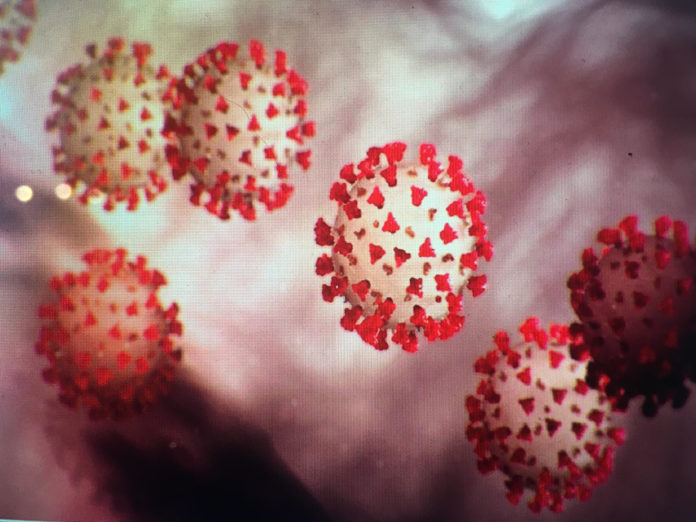How a quirk of scientific jargon is confusing and endangering us.
A single case of measles can cause 12-18 other cases, because measles is “airborne” — particles of the virus linger in spaces for hours after sick people breathe or cough them out. This characteristic is uncommon, and it makes the measles virus one of the most infectious known to humans. Because airborne diseases spread so quickly, civilians and scientists alike have been nervously wondering: Is the SARS-CoV-2 coronavirus airborne?
The answer, however, is complicated. First, not everyone agrees on what airborne means. The WHO and many infectious disease researchers use a highly specific definition for “airborne” that’s not intuitive to most people. This leads to situations such as this: The CDC has recommended Americans wear face masks in certain public settings to prevent catching or spreading the disease, even though the coronavirus might not meet the CDC’s definition of airborne…
To read the entire article from Vox, click https://www.vox.com/2020/4/7/21212663/coronavirus-airborne-covid-19-pandemic-podcast


